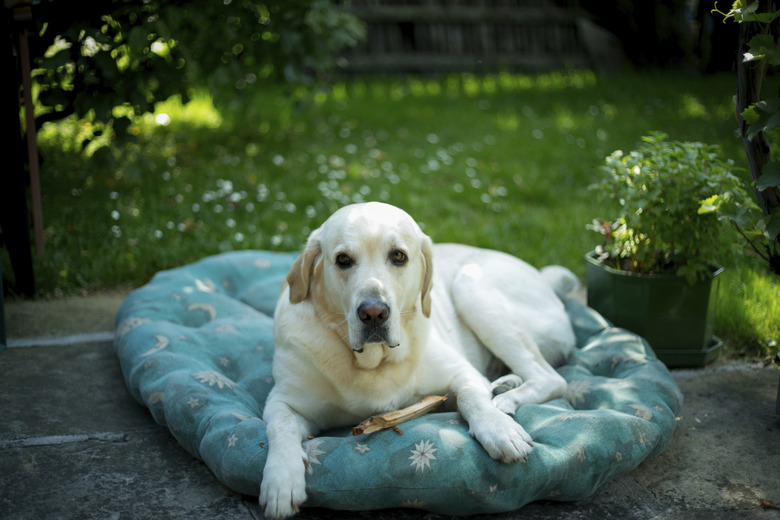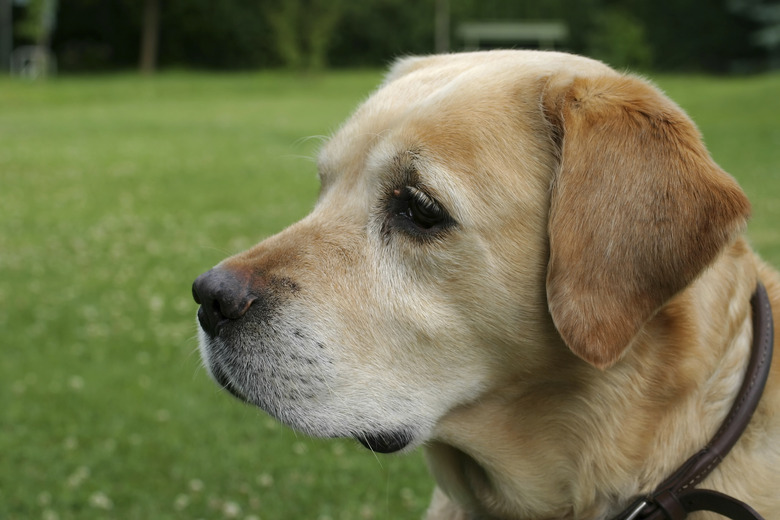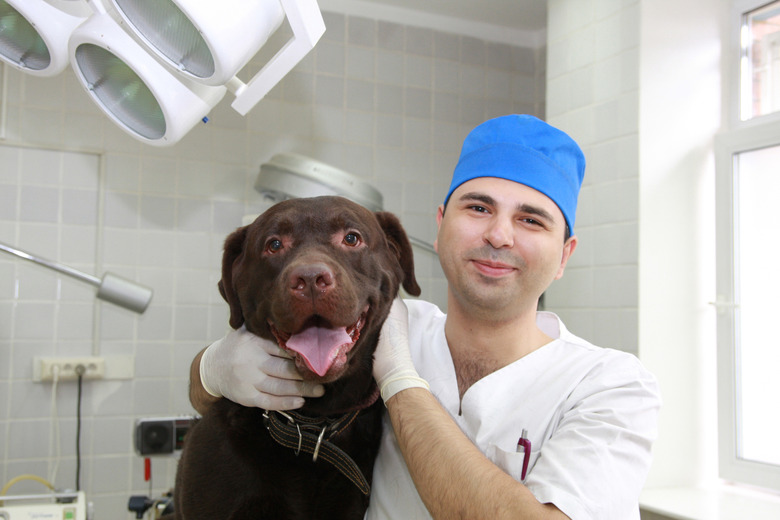Hair Loss In Labrador Dogs
Is your Labrador losing hair? A dog whose fur is thinning or who is developing patches in some spots should be examined by a veterinarian to determine whether alopecia (hair loss) or an outside cause, such as parasites (fleas, ticks, mites), is behind your Labrador's hair fall. It's normal for puppies and adult dogs to shed, of course, but if it's more profuse or if you realize you have a bald Labrador, it's time for a professional consultation.
Signs of Labrador hair fall
Signs of Labrador hair fall
A healthy dog will sport a thick and lustrous coat. If you spy any of these signs of hair loss, something is amiss:
- Bare patches of skin
- Scaly, red, or inflamed skin
- Exceptional hair loss (large bald patches or big tufts on the floor)
- Constant scratching, irritation, or licking
Canine hair loss causes
Canine hair loss causes
A Lab losing hair may be diagnosed with alopecia, and the causes of this condition can be varied in canines. In some cases, parasites like mites, fleas, or ticks could be embedded in your dog's fur, which can lead to itching and scratching and Labrador hair fall. You pet may have also contracted a fungal or bacterial infection that's causing bald patches, or he could be suffering from a medical issue, like inflammatory bowel disease or a hormonal imbalance. A bald Labrador could also be under excess stress or eating a diet that's poorly balanced.
Bald Labrador diagnosis
Bald Labrador diagnosis
Getting to the root cause of your Lab losing hair means heading to the vet for a checkup. If the reason is stress, your dog's doc can suggest ways to calm your pup's nerves. In some cases, more exercise and playtime or regular visits from a dog sitter can help reduce the repeated itching and licking. Diagnostic tests via a skin culture can also be run to check whether an infection is present, and medication can be prescribed. A blood draw or urine sample might also be taken to check for a hormonal problem.
Diet for a Lab losing hair
Diet for a Lab losing hair
If your pet is found to have a nutritional deficiency, which can happen if she has been eating a homemade diet for a long stretch, the vet can recommend better-quality foods to make or serve. A dog's diet can also cause hair loss if it contains too many unnecessary nutrients or if her commercial diet includes inappropriate supplements. In particular, low levels of protein, fat, and essential fatty acids in a dog's food, whether store bought or made at home, contribute to a coat that's dry, dull, or brittle or hair that falls out in patches.
Adult dogs should consume a diet that's made up of 25 to 30 percent protein and 10 to 15 percent fat. Growing puppies need more protein — up to 35 percent. Don't forget the mineral content of your dog's chow. Too little zinc and copper in her food can result in a Lab losing hair as well as skin ulcers and a "washed out" appearance.
Best brush for Labs
Best brush for Labs
One of the best natural remedies for treating Labrador hair fall is to keep up on your pup's grooming routine. Several sessions a week with a brush is a good start and allows you the chance to carefully examine your dog's fur and skin for infection or irritation. Removing dead fur and debris helps to prevent mats or tangles from developing too. As for the best brush for Labs, this breed type's short, thick coat is best groomed with a bristle brush, though a rubber curry comb can also polish smooth Lab coats.


